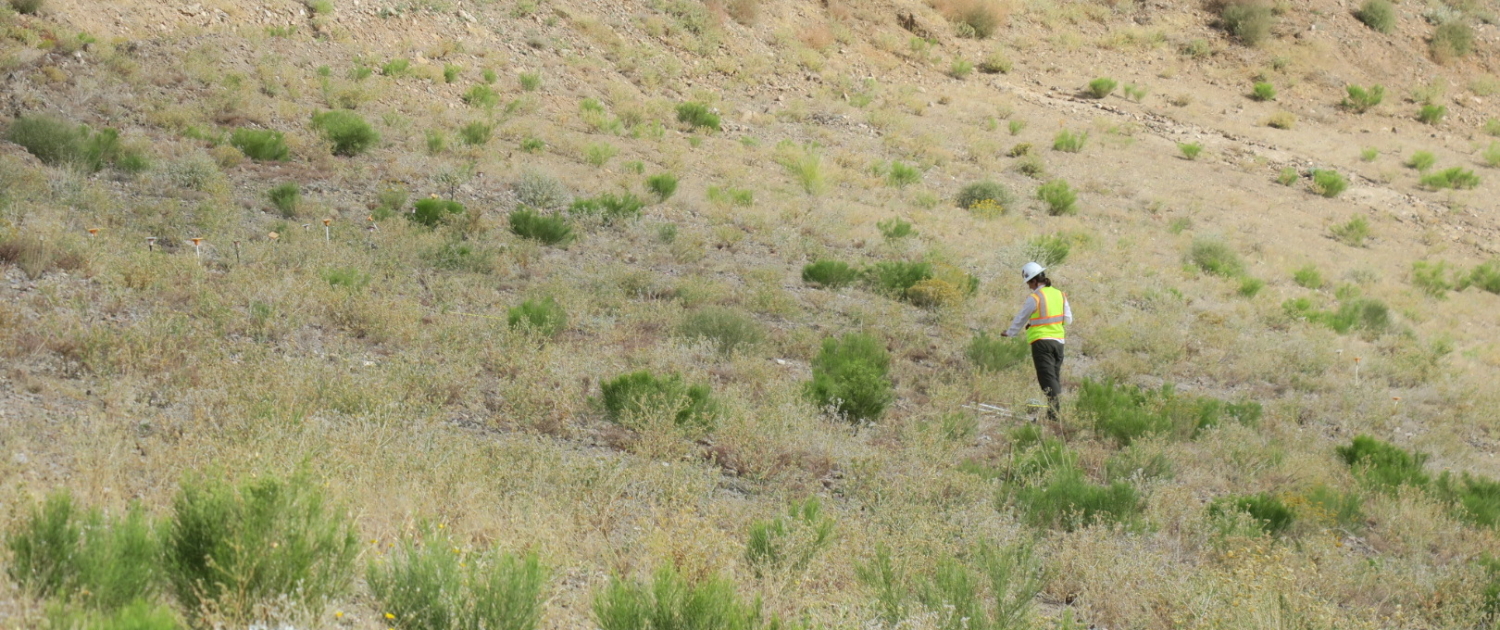Guest Blog: Resolution Copper partners with the University of Arizona on Reclamation and Revegetation Best Practices
Resolution Copper has partnered with The University of Arizona since 2014 on research of revegetation methods for mining reclamation purposes. The Center for Environmentally Sustainable Mining (CESM) at the University of Arizona provides opportunities for students and faculty alike to visit mine sites across the state of Arizona, conduct studies, and gather data to be shared with the larger CESM team. This data then enables the center to research and fuel idea generation for the most productive and efficient reclamation strategies.
Reclamation is the process by which the adverse impacts of mining are minimized or negated by human efforts, and the formerly impacted land is rendered useful again, whether through growing vegetation, providing wildlife habitat, or providing land for recreation or residential development. Following a mine’s lifespan, mining companies undergo reclamation efforts to minimize overall impact on the larger community and natural ecosystems surrounding the mine. In my capacity at CESM, I work on developing strategies and best practices for undergoing a reclamation project. Fortunately, mines such as Resolution Copper in Superior, AZ invite this kind of research, and we are able to work in tandem towards the shared end goal of reducing negative externalities and making the environment whole again.
Ultimately, the goal of our efforts is to undergo revegetation research drawing upon data from past mines, evolving technologies, and the specific environmental concerns of mining companies such as Resolution Copper that participate in our efforts. We use this research to evaluate the potential application of our findings on active mining properties throughout Arizona. Moreover, we research ways to qualify and quantify the progress of reclamation and revegetation efforts, and consider new revegetation strategies, such as the suitability of capping materials and the composition of seed mixes.
We appreciate Resolution Copper’s partnership as an Active Research Member with the Center for Environmentally Sustainable Mining. As we become an increasingly technology-dependent society, the need for precious metals and other underground resources is not abated. It is incumbent upon prospective mines to act responsibly and adopt productive, science-driven strategies for reducing overall environmental impact and restoring lands wherever possible. We thank Resolution Copper for their continued partnership as we embark on this next chapter together.
Julia W. Neilson, PhD is the Director of the Center for Environmentally Sustainable Mining at University of Arizona.

